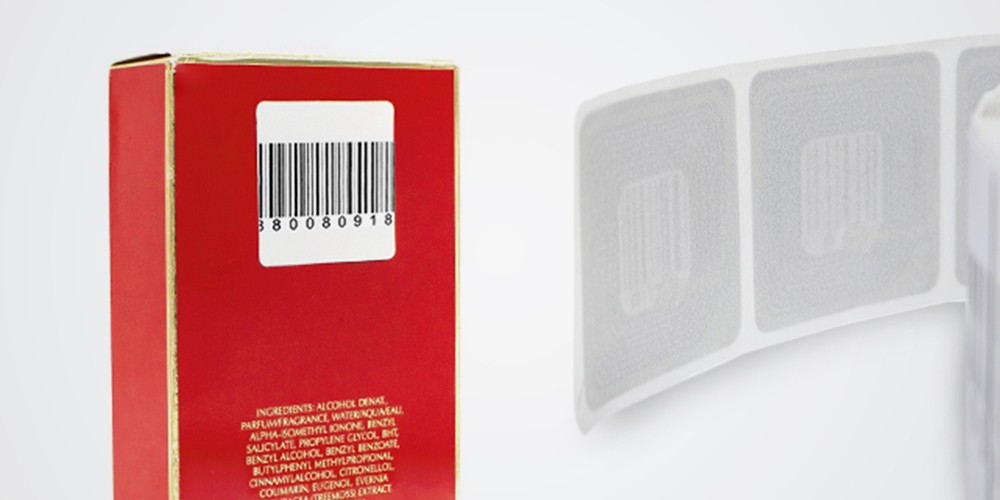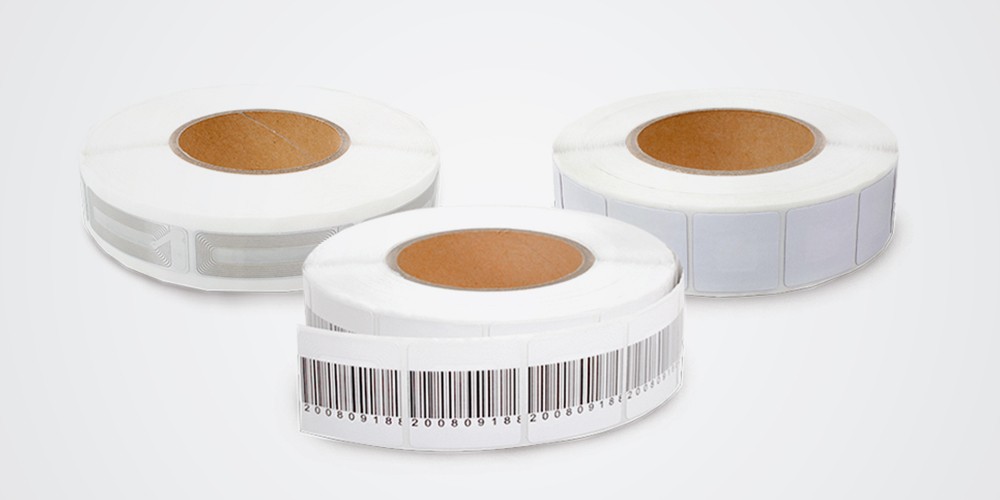Retail security labels – they’re so simple and commonplace, you could probably make it through a lifetime without giving them a second thought.
But dive a little deeper into their history and the innovations which led to their popularity in retail, and there’s so much more to the humble security label than meets the eye.
From the invention of general labels to the innovation of tiny transmitters, here’s a quick insight into the fascinating history of security labels.
General label beginnings
General labels officially owe their origins to the 1700s when they first popped up on medical containers in the form of handmade paper that was printed on using a wooden press, and was then glued to bottles.
The trend quickly caught on elsewhere including the winemaking world, where every respectable winemaker began rolling them out as a way to differentiate their brand.
Fast forward to the end of the century and a couple of innovations made the label-making process a little easier – the paper machine and lithography.
By the mid-1850s color was widely employed and labels were being utilised as a way to draw the customer’s eye.
Self-adhesive labels

One of the biggest innovations in the label-making world was the creation of self-adhesive varieties. First invented by R Stanton Avery (of Avery label fame) in 1932, they allowed people to quickly attach labels to all manner of products.
Although a popular concept, self-adhesive labels weren’t adopted on a mass scale until about the 1960s when advances in the type of adhesives allowed them to be secured to different types of materials.
Then in the 1980s, the arrival of the laser printer made custom printing more affordable, so labels began rolling out anywhere and everywhere – from baggage tags to offices.
Security labels
First invented in the 1980s, security labels owe their genesis to both adhesive label technology and improvements in Electronic Article Surveillance.
Like EAS tags, security labels house transmitters that remain in contact with an antenna at the entryway to a store. When an item with a label attached comes too close to that antenna, an alarm sounds, alerting staff that theft might be taking place.
The key innovation that spurred on the invention of security labels was the creation of transmitters which were small enough to be accommodated within a sticker.
The second key component was that this transmitter needed to ‘break’ on contact with a deactivator, rather than requiring the label to be removed.
This in itself is a fascinating story of invention and innovation, with three of the leading EAS companies at the time all racing to release the first sticker in the mid-1980s.
Ultimately, they each delivered stickers based on the different EAS frequencies of Radio Frequency, Acousto Magnetic and Electromagnetic, and their invention revolutionised retail loss prevention.
Security labels allowed retailers to quickly and cost-effectively affix secure high-volume products that were not suited to tags, such as perfumes, pharmaceuticals, hardware, DVDs, books and so much more.
Security labels also allowed for source tagging where a product supplier would affix the security label at the point of manufacture, rather than the retailer utilising labour in-store.
Improvements since

In the years since their invention, security labels have developed to accommodate the changing needs of retail.
Now they extend to:
- Barcode labels – which accommodate a barcode and EAS transmitter in one single label, thereby improving store efficiency and speeding up the checkout process
- Food grade labels – which can be affixed to commonly stolen consumable products like meat, yet meet stringent food and hygiene standards.
- RFID labels – which allow products to be tracked from the point of manufacture and throughout the supply chain right through to the shop floor.
Along the way they’ve also embraced stronger adhesives, become smaller, more accurate, and one of the most widely adopted loss prevention strategies in retail.
So yes, they’re simple, they’re commonplace and they’re an obvious solution to an age-old shoplifting problem, but the history of security labels is fascinating indeed.
You can view our comprehensive range of retail security labels here.
